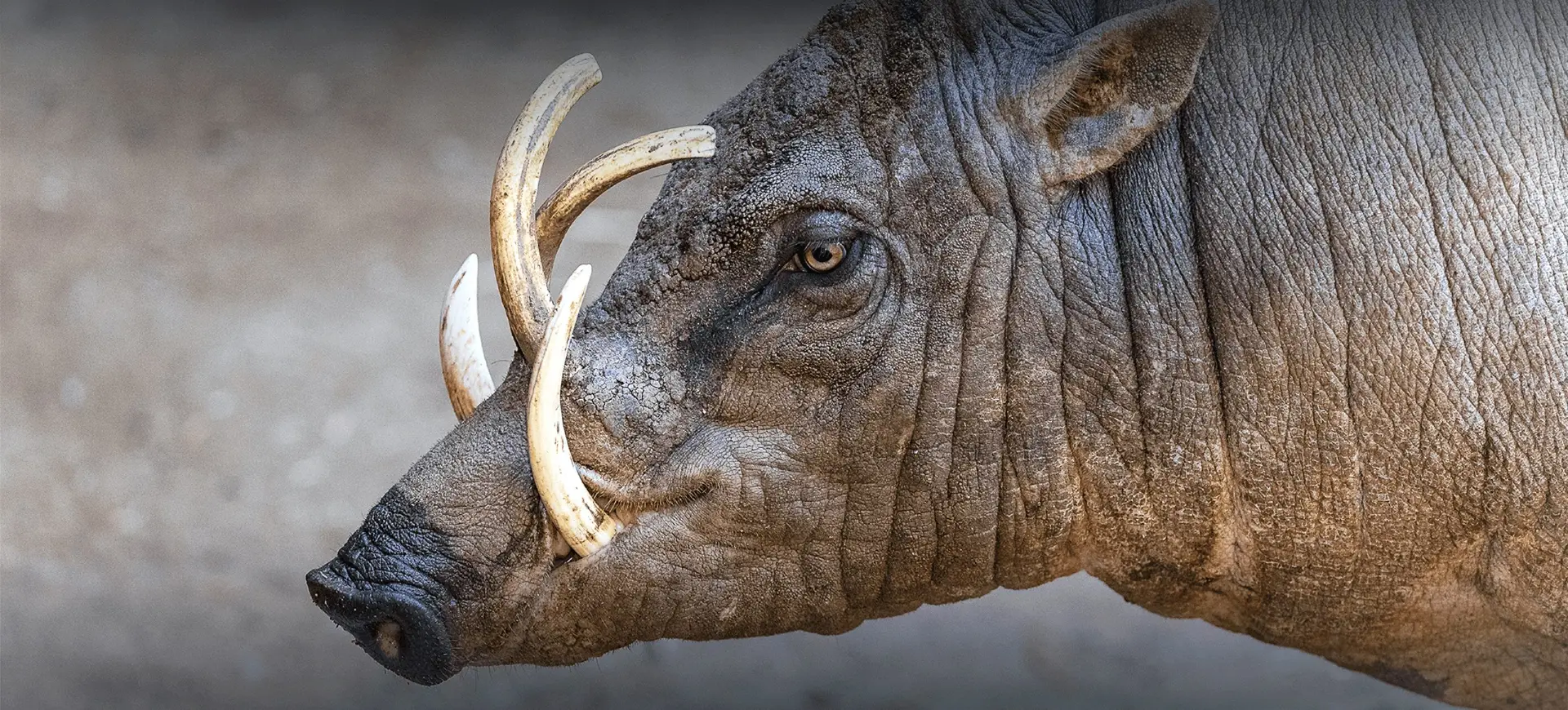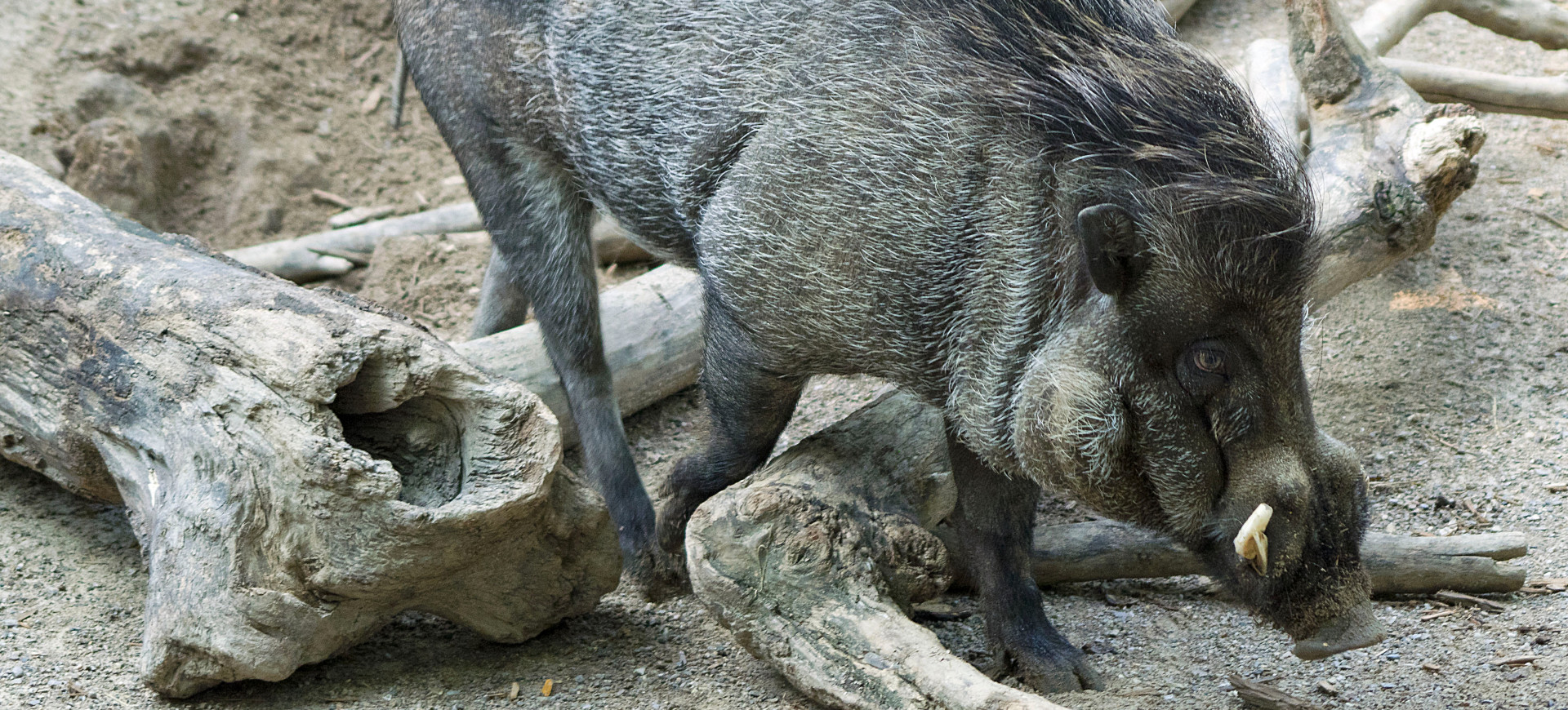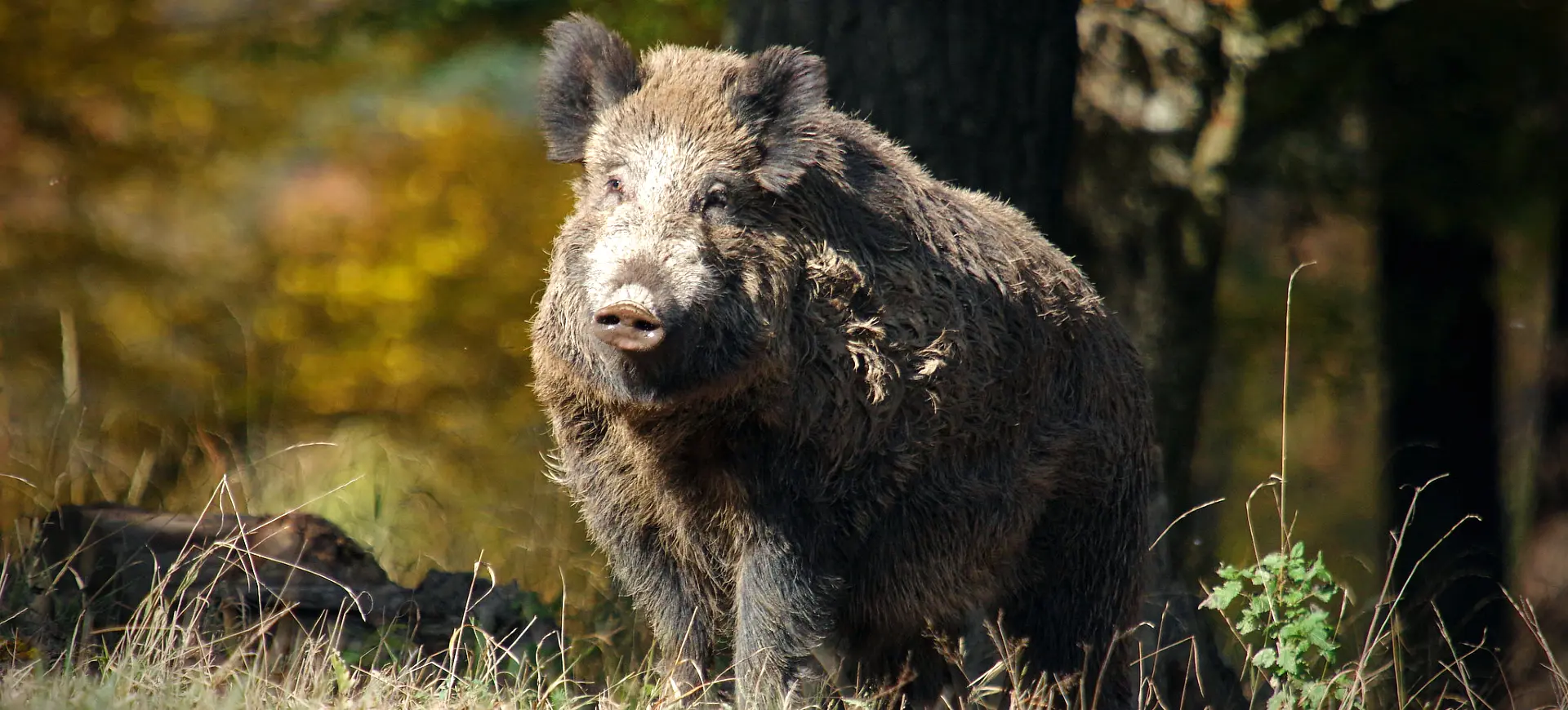Overview
The Vietnamese Pot-bellied Pig hails from Vietnam and has become notable for its characteristic potbelly and comparatively small size. This unique physiology has made it increasingly popular as a pet, especially in Western countries. Their appearance is marked by distinctive features such as floppy ears, wrinkled skin, and straight tails, contributing to their overall appeal. The coat of these pigs is versatile, appearing in various colors ranging from solid black to white, and sometimes includes spots or patches.
These animals are not just known for their physical characteristics; they also possess impressive intelligence levels. They are highly trainable and can learn a variety of tasks and commands. Vietnamese Pot-bellied Pigs are also problem-solvers, making them interesting companions for those willing to engage with them intellectually. Their intellectual capabilities are one reason they are sometimes used as therapy animals, providing emotional support and companionship to those in need.
In addition to their smarts, Vietnamese Pot-bellied Pigs are highly social creatures. They enjoy the company of humans and other animals, often forming strong social bonds with their companions. This friendly nature has made them versatile animals that can function in different roles, whether as pets, farm animals, or even therapy animals in healthcare settings. Their unique appearance, intelligence, and social nature have contributed to their popularity and adaptability in various settings.
Taxonomy
Kingdom
Phylum
Class
Order
Family
Genus
Species
Type
RANGE
Current distribution:
Vietnamese Pot-bellied Pigs have a long history of domestication that spans hundreds of years, and as a result, they are seldom found in the wild today. While they originated in Vietnam, their domestication has made them common fixtures in households and farms throughout the country. They have been bred for various purposes, including for their meat, as pets, and even for ornamental purposes, which has further decreased their presence in natural habitats.
Beyond Vietnam, these pigs have been introduced to other parts of the world and have gained significant popularity, especially in Western countries. In the United States and Europe, they are often kept as pets due to their manageable size and friendly nature. Some parts of Asia have also seen an increase in the domestication of Vietnamese Pot-bellied Pigs. Whether for companionship, farming, or therapy, these pigs have become a global presence, transcending their original habitat and becoming a truly international breed.
Physical Description:
Vietnamese Pot-bellied Pigs are immediately recognizable due to their unique body structure. They are compact and stout, featuring a curved back that leads down to a pronounced, protruding belly, thus earning them the “pot-bellied” moniker. These pigs also have a coarse coat that offers a range of colors from black to white, and it’s not uncommon to see individuals with a mix of spots or patches adding to their distinctiveness.
Adding to their characteristic appearance are their floppy ears and straight snouts. These features make them easily distinguishable from other pig breeds and contribute to their appeal as pets or show animals. These physical traits are quintessential markers of the breed, making the Vietnamese Pot-bellied Pig a visually memorable and distinctive animal.

Lifespan: Wild: ~12 Years || Captivity: ~20 Years

Weight: Male: 100-250 lbs (45-113 kg) || Female: 70-150 lbs (31-68 kg)

Length: Male: 30-48 inches (76-122 cm) || Female: 25-40 inches (64-102 cm)

Height: Male: 14-20 inches (36-51 cm) || Female: 14-16 inches (36-41 cm)
Characteristic:
Native Habitat:
The Vietnamese Pot-bellied Pig is native to Vietnam, a country with a predominantly tropical climate. In this environment, they were typically found in rural settings and villages, where they have been domesticated for various purposes, including as pets or farm animals. Being domesticated, they have often lived near humans and their settlements. Their natural habitat usually includes areas close to water sources, such as rivers, ponds, or lakes.
The proximity to water serves a dual purpose for these pigs. First, it provides them with a vital resource for their diet and overall well-being. Second, it helps regulate body temperature, crucial in the warm, humid climates they originally come from. Pigs lack sweat glands, so wallowing in mud or water is essential to cool down. This preference for wet areas has been observed not just in their native settings but also in domestic environments where they continue to be kept.
Climate Zones:
Biomes:
Biogeographical Realms:
Continents:
Countries:
Diet:
Diet & Feeding Habits:
Vietnamese Pot-bellied Pigs are naturally omnivorous, consuming a balanced diet that includes a variety of food types. In the wild, their diet consists of roots, fruits, and small insects, reflecting their adaptability and broad range of dietary sources. They use their keen sense of smell to forage for these foods, digging in the ground to uncover roots or sniffing out fruit and insects in their environment.
When kept in captivity, it becomes critical to monitor their diet carefully to prevent obesity, a common health issue for this breed. Owners generally feed them a carefully measured amount of commercial pig feed formulated to meet their nutritional needs. Vegetables can also be included for additional nutrients, and limited fruits can be offered as treats. However, avoiding giving them processed human foods is important, as these can contribute to unhealthy weight gain and other health problems.
Mating Behavior:
Mating Description:
Vietnamese Pot-bellied Pigs exhibit robust social behaviors and complex family structures, with males and females playing distinct roles in their communities. Unlike some animals with a strictly defined mating season, the reproductive activity in Vietnamese Pot-bellied Pigs can occur year-round. Female pigs, also known as sows, enter estrus roughly every 21 days, exhibiting physiological and behavioral changes that attract males for mating. Males, often more aggressive during this period, compete to mate with receptive females.
Upon successful copulation, the gestation period for a Vietnamese Pot-bellied Pig is approximately 114 days. This period is marked by changes in the sow’s behavior and physiology as she prepares for birth. Providing the sow with appropriate nutrition and a safe, comfortable space for birthing becomes crucial during this period. Once the piglets are born, the mother and the father often participate in their care, further underscoring the strong social structures within these pig communities.
Reproduction Season:
Birth Type:
Pregnancy Duration:
Female Name:
Male Name:
Baby Name:
Social Structure Description:
Vietnamese Pot-bellied Pigs are inherently social creatures that thrive in the company of humans and other pigs. They are known to form strong social bonds, not just among their kind but also with their human caregivers. In group settings, these pigs establish a hierarchy that a dominant male usually leads. This structure helps to maintain order within the group and aids in social interactions, making communal living more harmonious for all involved.
Communication is another important aspect of their social behavior. These pigs use vocalizations, including grunts, oinks, and squeals, to communicate with each other and their human companions. These sounds serve various purposes, from indicating discomfort or excitement to signaling submission or dominance within the group. Understanding these vocal cues is essential for anyone involved in caring for or studying these intelligent and social animals.
Groups:
Conservation Status:
Population Trend:
The Vietnamese Pot-bellied Pig is predominantly a domesticated species, and as such, it does not have a significant population in the wild. Instead, these pigs are primarily found in domestic settings like farms, sanctuaries, and homes, particularly in their native Vietnam and increasingly in Western countries. They are commonly bred for various purposes, including as pets, contributing to their stable and even growing population in captivity.
Despite being domestic animals, the stable population of Vietnamese Pot-bellied Pigs in captivity indicates that they are not a species currently facing immediate conservation threats. Their numbers are rising, especially in Western countries, where they have gained popularity as pets. Their stable captive population and targeted breeding programs ensure their continued presence and minimize any pressing concerns regarding their conservation status.
Population Threats:
Although not currently facing conservation threats, Vietnamese Pot-bellied Pigs are susceptible to a range of health issues if not properly cared for. Obesity is a common problem, especially in captive environments where they might not exercise enough or be fed an inappropriate diet. Respiratory conditions can also arise, requiring prompt veterinary attention. These health issues can negatively impact their quality of life and may contribute to shorter lifespans in domestic settings.
Overbreeding for the pet trade is another concern that could have long-term implications for the health and vitality of this breed. Genetic diversity can be reduced when bred indiscriminately, especially for traits popular in the pet trade, leading to weakened stock and a higher likelihood of congenital issues. This could indirectly threaten their overall population stability in the long term, requiring responsible breeding practices to ensure their continued well-being.
Conservation Efforts:
Due to its stable captive population, no targeted conservation efforts are aimed specifically at the Vietnamese Pot-bellied Pig. Unlike many other animal species that are endangered or threatened, these pigs are primarily domestic animals with a robust population, especially in Western countries. This stability has led to a lack of immediate concern regarding their conservation status, and as a result, resources have not been allocated to specific conservation programs for this breed.
Despite the lack of formal conservation initiatives, educational programs exist to inform potential and current pet owners about the particular needs and potential health risks associated with this breed. These initiatives aim to promote responsible ownership and ethical breeding practices, thereby indirectly contributing to the overall well-being and longevity of the Vietnamese Pot-bellied Pig population. By educating the public, these programs help ensure that these animals are cared for in a manner that minimizes health risks and promotes their overall well-being.
Additional Resources:
Fun Facts
- Vietnamese Pot-bellied Pigs are intelligent and can be trained to perform simple tasks.
- They are clean animals and prefer to designate specific areas for waste.
- Despite their small size, they are strong and sturdy.
- They can suffer from obesity if their diet is not carefully managed.
- They enjoy wallowing in mud to cool down.
- They have an acute sense of smell.
- They can be used as therapy animals due to their calming presence.
- Their lifespan in captivity can be as long as 20 years.
- They are less prone to diseases compared to other pig breeds.
- The Vietnamese Pot-bellied Pig is a symbol of prosperity in Vietnamese culture.

